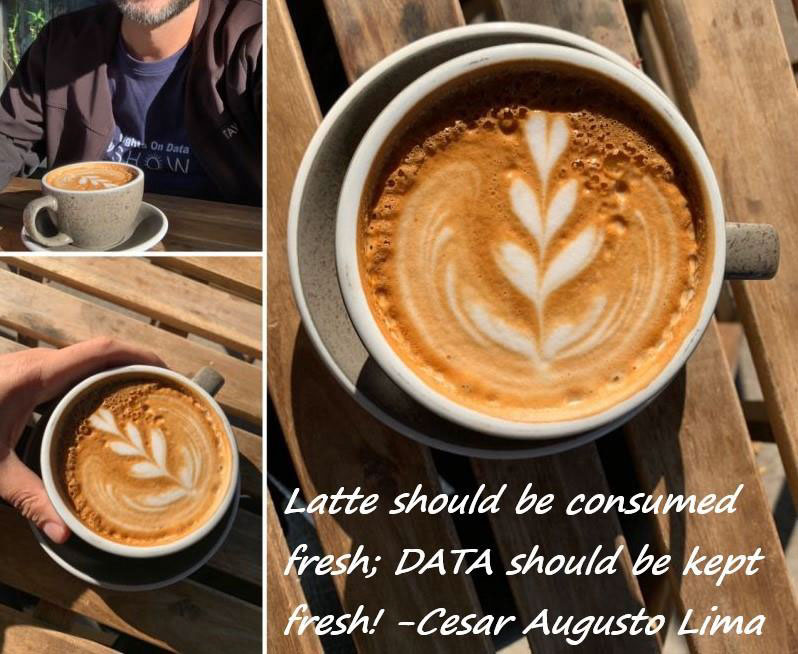Data decay, or the aging of data, is data degradation over time—which results in bad data quality (Mahanti 2019).
|
ADVERTISEMENT |
There are some data, such as date of birth and place of birth, which are evergreen and not subject to decay; that is, if you have captured the data values correctly in the first place and the data are untouched, the data will not change. Time has no effect on such data. However, other data are subject to aging and decay, even if left untouched. The time factor and what triggers the decay are the variables.

Photo by George Firican
…

Add new comment